Artistic genius is rarely recognised in its own lifetimes, this is true of writers, sculptors, painters and very often composers too. Sometimes, compositions are incomplete when a composer is taken ill, or they simply choose to keep soldiering on through illness and into old age right up to the day of their death. Even for those that were famous in their lifetime have unfinished symphonies. These musical pieces can be and indeed are enjoyed in their own right and performed all over the world in music halls. Here is a list of the most famous unfinished symphonies and their composers.
1. Beethoven’s Number 10
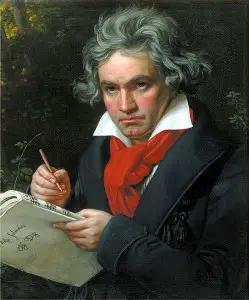
Some symphonies barely made it out of concept stage before the death of the composer. This piece of music is a case in point. After finishing his ninth, Ludwig van Beethoven dedicated himself to writing string quartets. This symphony existed purely in fragments and was never pieced together. It remains controversial because not every Music Theorist was convinced that the fragments were ever intended for one symphony. However, it was compiled by Barry Cooper from some fifty different fragments
2. Georges Bizet’s Roma Symphony
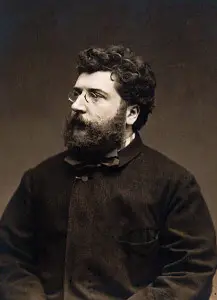
To some artists, writers and composers there is no such thing as a finished product ‘ a work of art is always a work in progress and can always be improved. The Roman Symphony is such a piece. Despite being a complete composition, Bizet spent ten years tinkering with his creation because he was never happy with it. Upon his death in 1875, he was still not fully satisfied despite the fact that it had been performed several times including his final composed version in 1880 (five years after his death)
3. Anton Bruckner’s Symphony No. 9

His final symphony was incomplete upon his death in 1896. It has four movements but only the final movement was incomplete. Nevertheless it was performed in 1903 in Vienna for the very first time. The composition was dedicated ‘to beloved God’. Because it is the final movement that is incomplete, it is performed without any sort of grand finale so common to these compositions. Also, the lack of multiple versions that you would expect led to various other composers reimagining his work in the early part of the 20th century
4. Elgar’s Symphony No. 3 in C minor
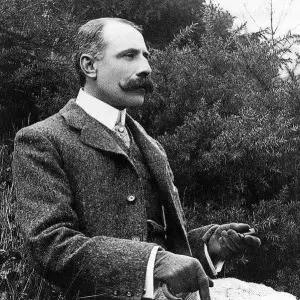
Upon his death in 1934, Elgar left over 130 pages of notes for this symphony ‘ these he entrusted to Anthony Payne after his death. To all intents and purposes, the framework for construction was there even if it had not actually been fully composed and performed. It took over fifty years to piece it together and finally perform it. The inaugural performance was at the Royal Festival Hall in 1998 and conducted by the BBC’s well known conductor Andrew Davis. A national tour of the country’s best-known halls took place the following year
5. Schubert’s Symphony No. 7
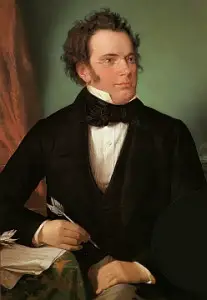
This four movement symphony was drafted in 1821. Though it is structurally complete, he only orchestrated the introduction and the first 110 bars of the second movement. It appears that after beginning work many years before his death, he set it aside at one point to focus on other projects. As a result, he never returned to it, leaving the symphony incomplete upon his death. It eventually ended up in the hands of the Royal College of Music, London and had three completions ‘ together they are considered to be a final version of the symphony.
6. Gustav Mahler’s Symphony No. 10
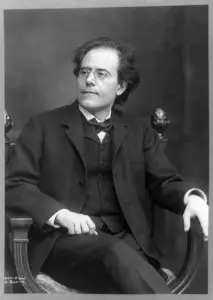
This, his final composition, was written in 1910 just one year before his death. It was largely complete in the form of a continuous draft ‘ making it one of the most complete of all the unfinished symphonies. However, it was not fully elaborated and could not be performed in the state that it existed in. The first movement is considered complete and is the only part of the symphony that can be performed. Part of the reason it was incomplete was because Mahler was distracted ‘ he knew his health was failing and his was leaving him.
7. Tchaikovsky’s Symphony No. 7

Resourcefulness is often one of the skills of the creative person. Bits of music get reused when they don’t seem to work in existing compositions. Tchaikovsky’s number 7 is a good example of a composition that was scrapped but was complete enough to be performed. The composer reused the first movement as a single movement piece in the Third Piano Concerto which was performed after his death in 1895. During the 1950s, the original symphony was reconstructed by the composer Semyon Bogatyrev
8. Alfred Schnittke’s Symphony No. 9
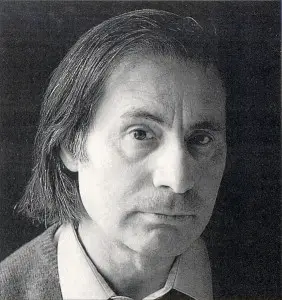
One of the most recent compositions on our list, the composer died in 1998 and he began work on this symphony two years previously. It is said that the score he left was barely readable and required a lot of expert analysis and painstaking reconstruction; but a successful composition was produced by fellow composer Alexander Raskatov who had been hired by the composer’s widow to make sense of her late husband’s work. It is compiled of three movements and opened to mixed reactions.
9. Ernest John Moeran’s Symphony No. 2 in E flat major

From one of the most complete to the least complete, Moeran died in 1950 having left advanced sketches for a four movement composition. The manuscripts were donated by his widow to the Victorian College of Arts (Melbourne). Martin Yates finalised the composition in 2011 based on the sketches and it was performed in the same year in London and in Scotland and Ireland.
10. Richard Arnell’s Symphony No. 7
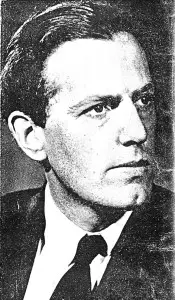
Another modern composer, he died in 2009 having left a number of sketches for his seventh symphony. Called ‘Mandela’ in honour of the recently-deceased former South African President, it was completed by Martin Yates within a couple of years and was finally recorded in 2011 and went on general release the same year.
Conclusion
Classical music lovers and composers are dedicated to realising the unfinished works of famous composers and allowing old and new fans to enjoy what contemporary fans might not have been able to enjoy (particularly for those composers who have been dead for a century or more). The complex art of music theory is almost a science, and recreating sketchy and incomplete compositions can be as complex as surgery.










February 21, 2014 9:41 am
It’s Schubert’s eighth that’s unfinished! Get your facts straight.
October 5, 2021 3:10 am
Schubert left not only his seventh (in E Major), eighth (in B Minor) and tenth (in D Major) unfinished along with two substantial others of about eight and eighteen minutes..
By the way, Elgar did not entrust the completion of his third symphony to Anthony Payne as Payne was not born until 1936. This is an inaccuracy in the article, not by you.